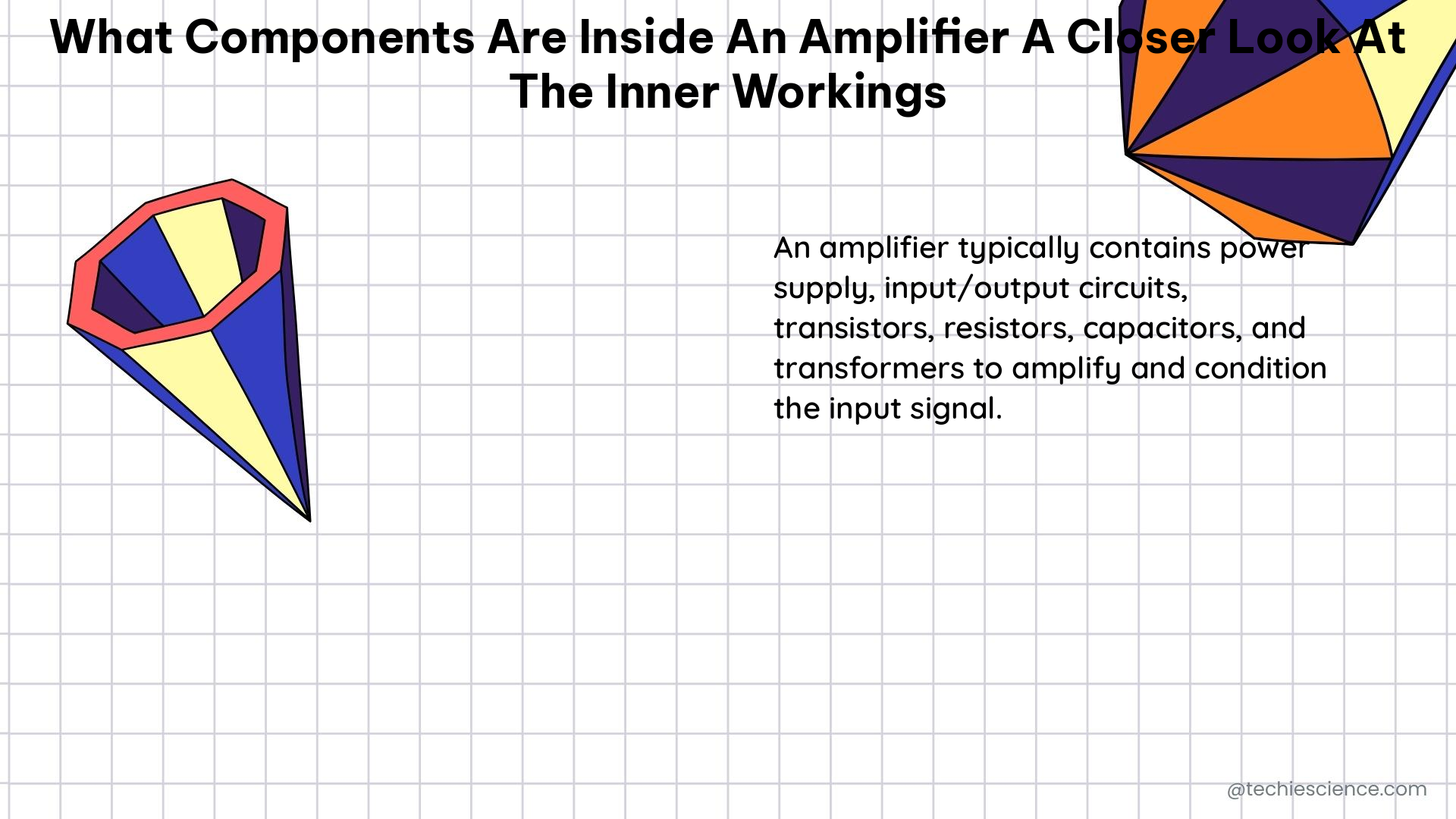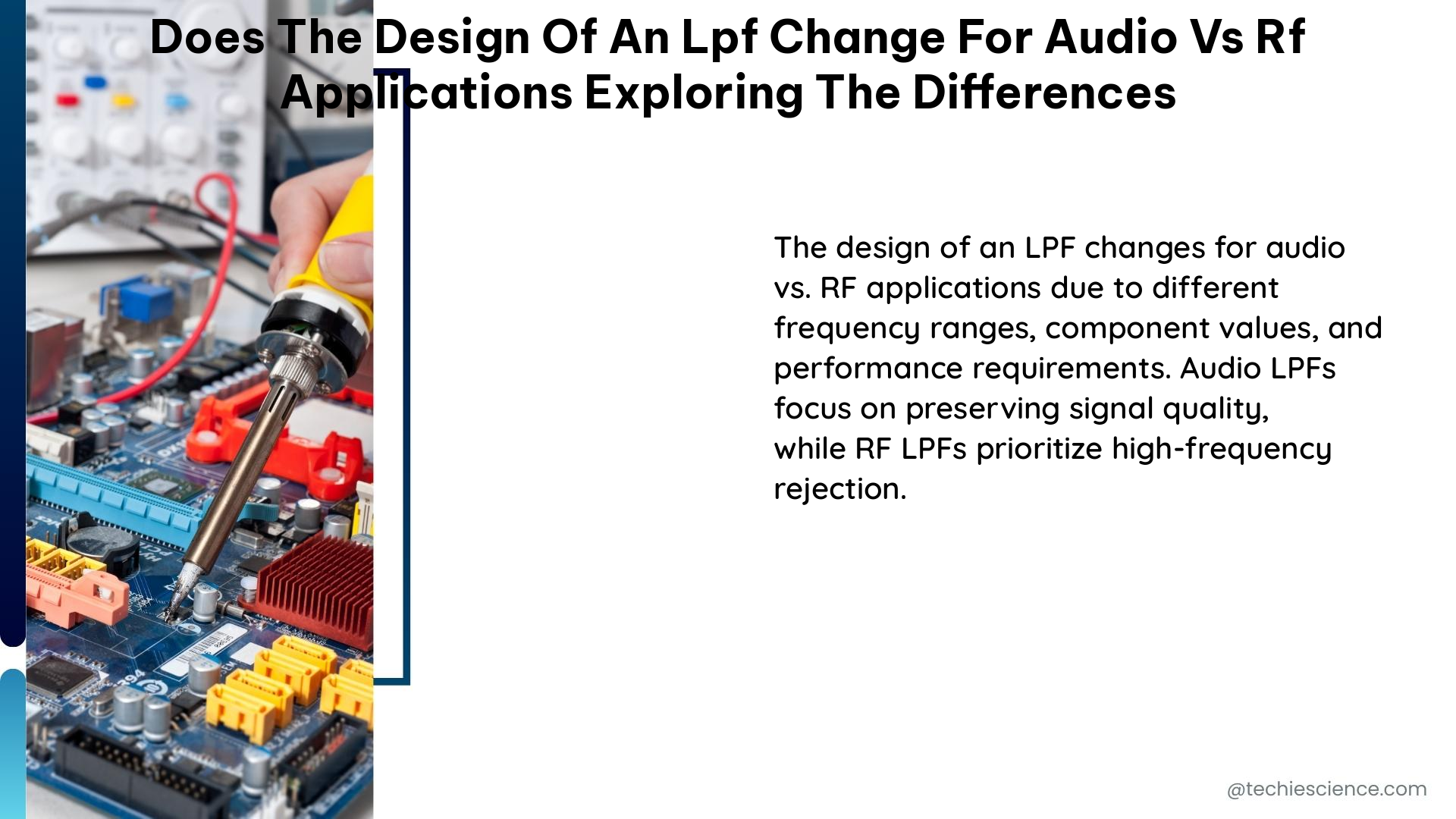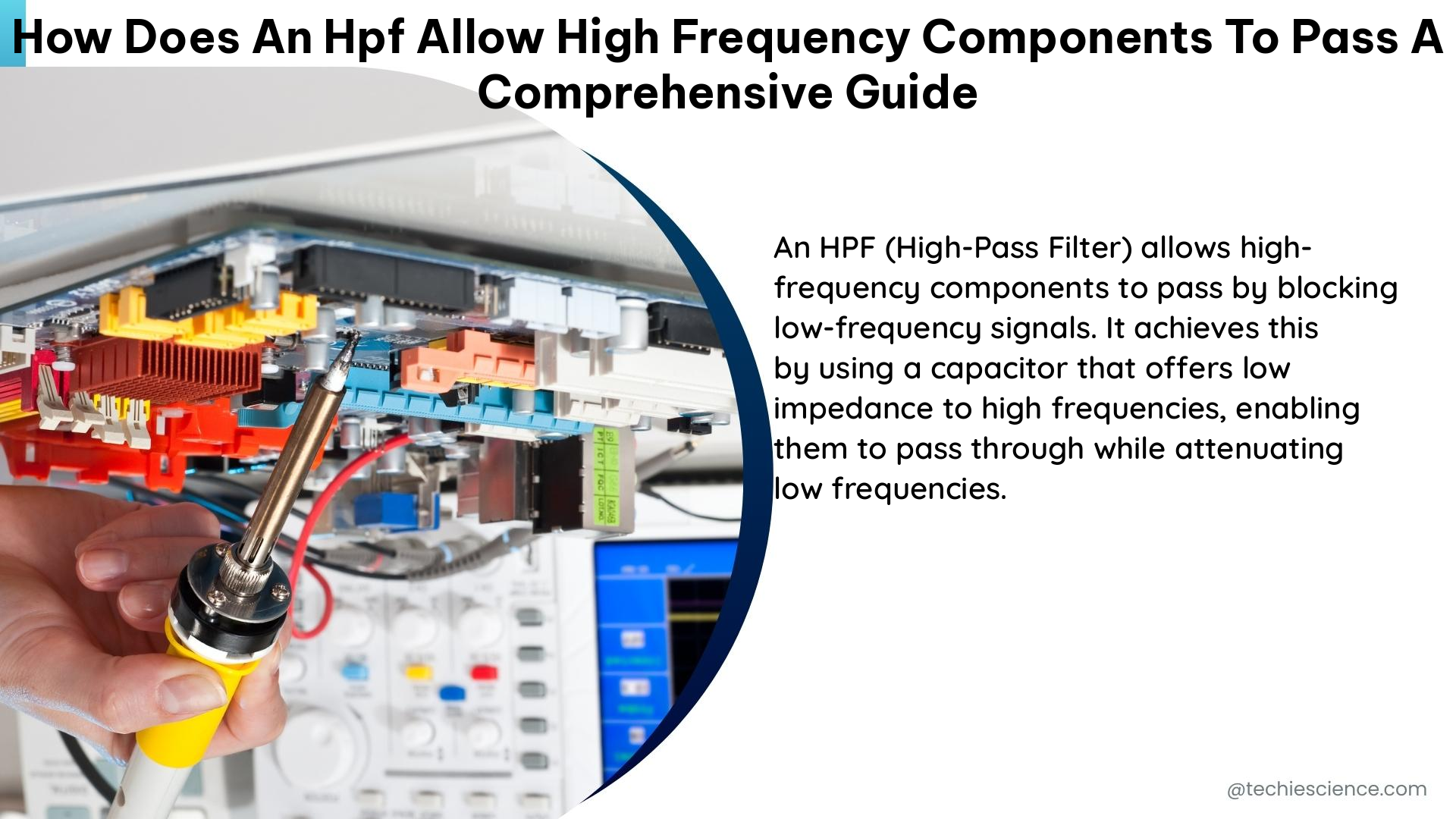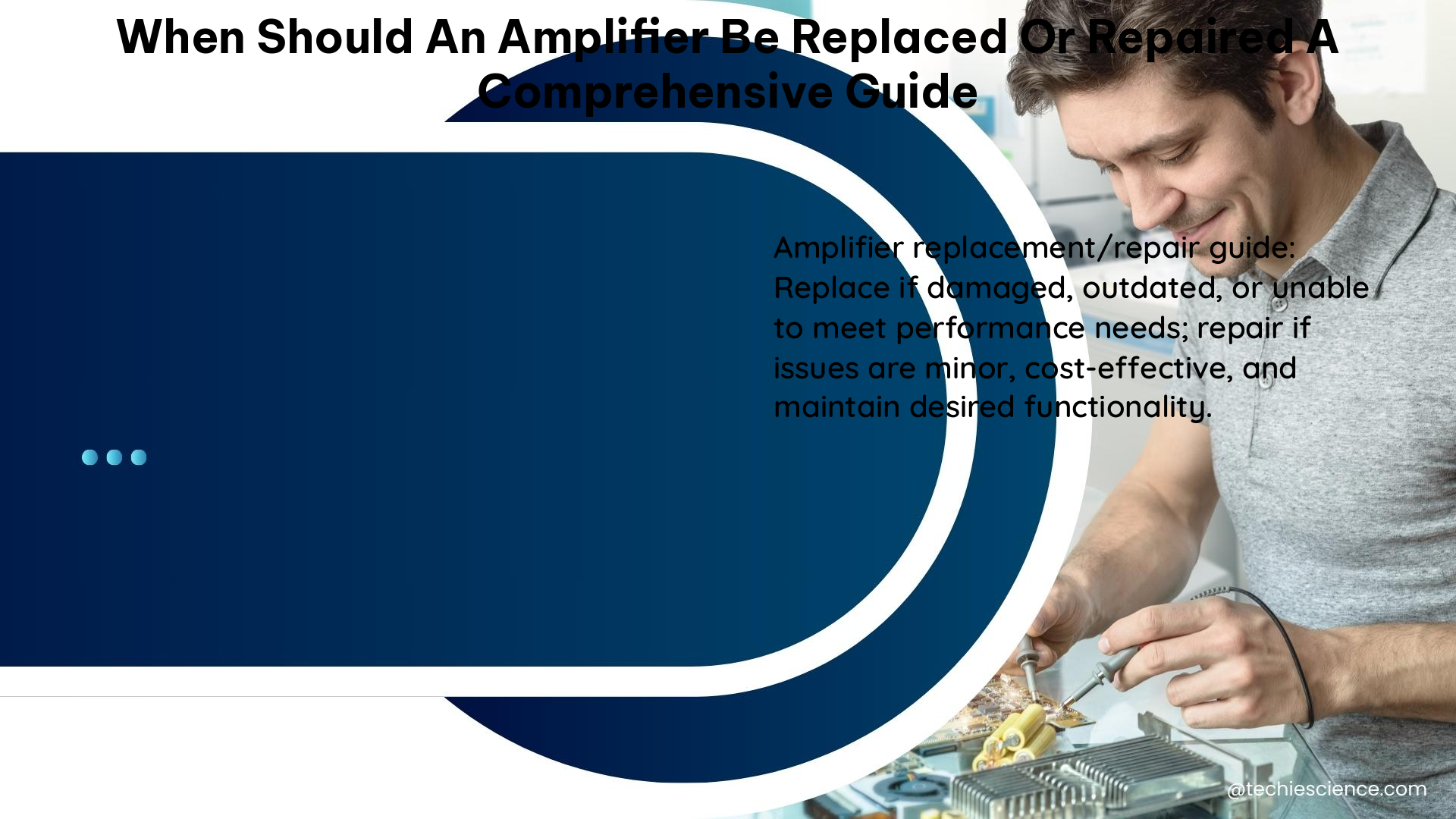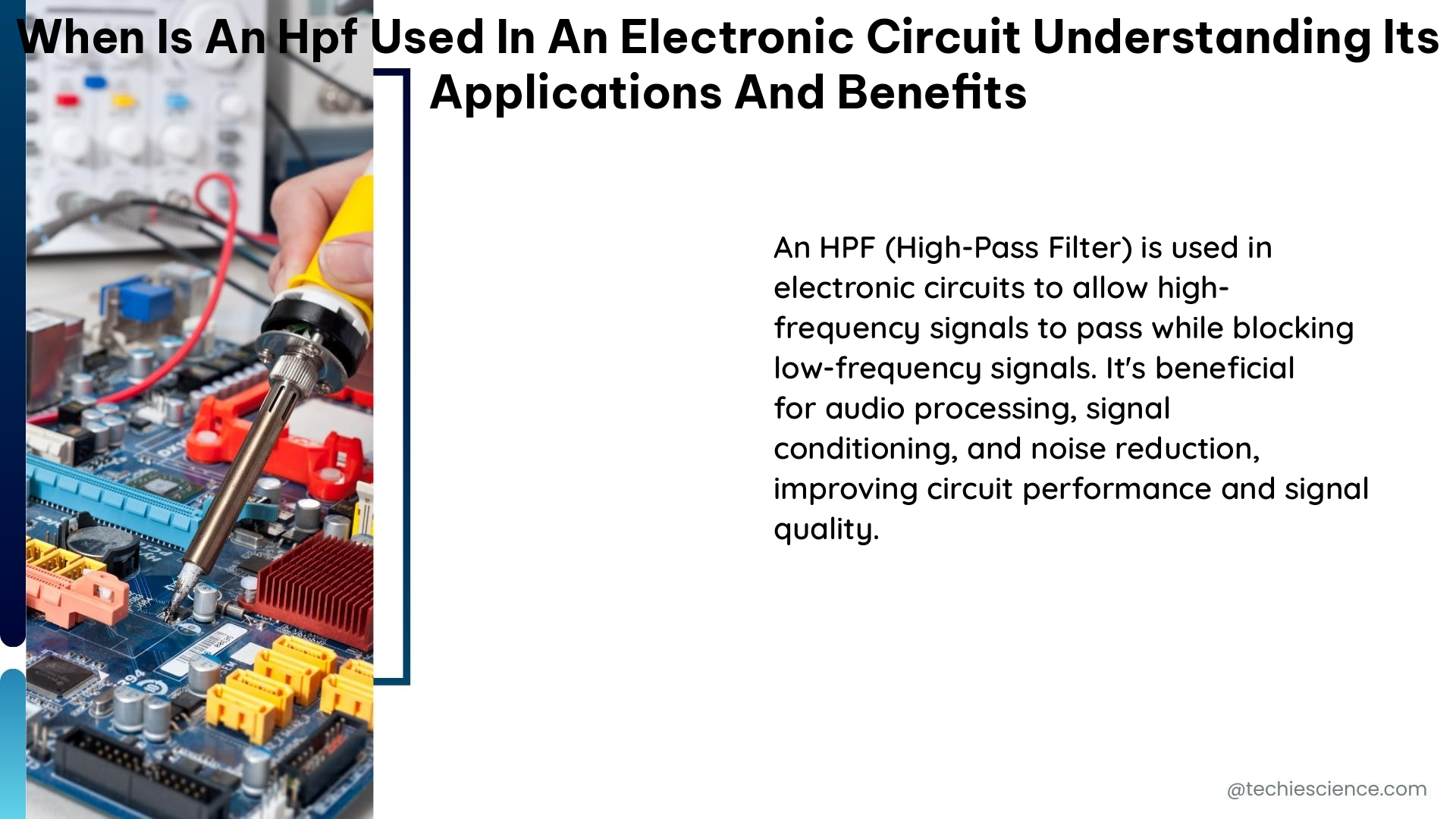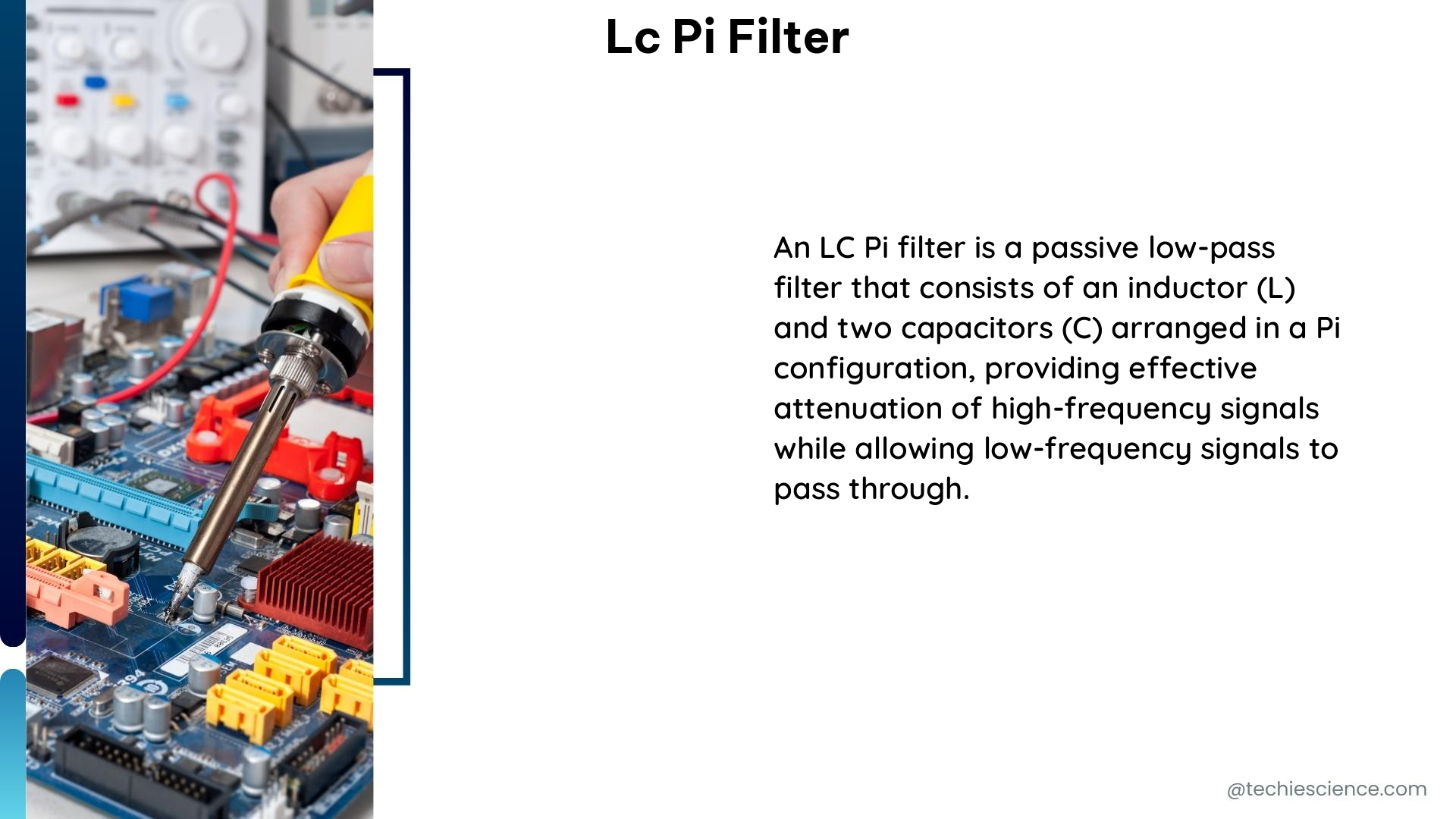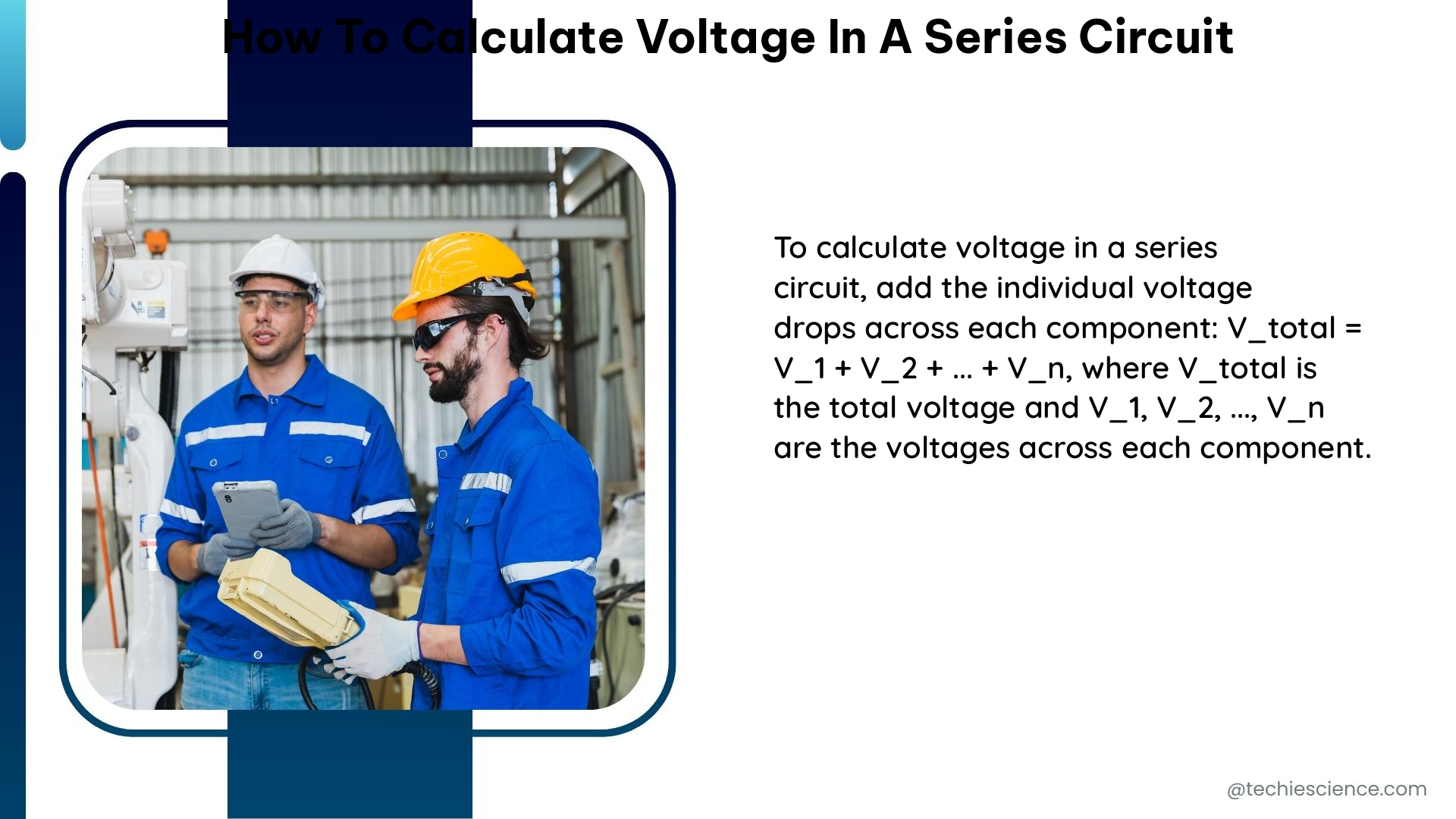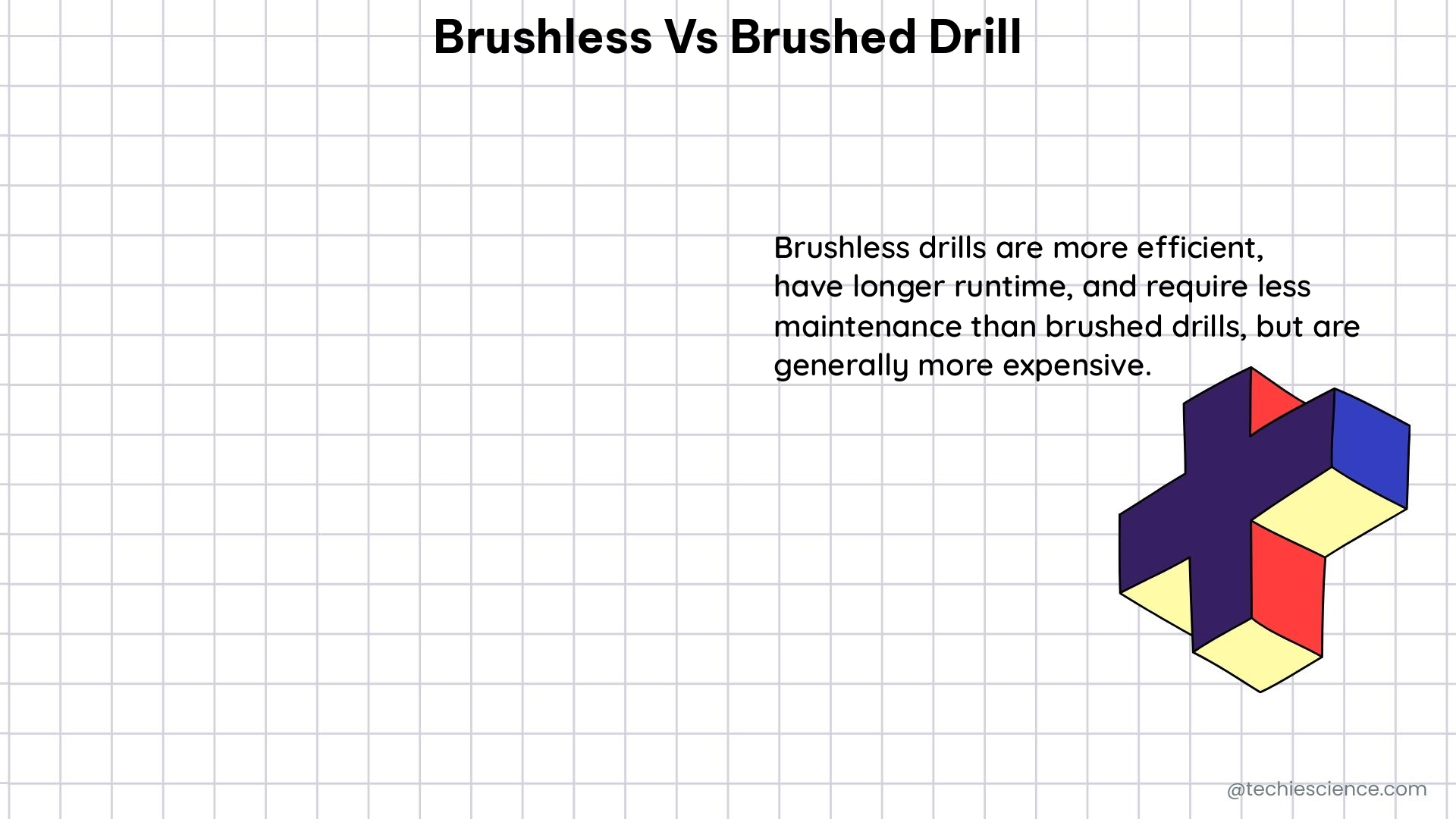Calculating the voltage drop in a series circuit is a fundamental concept in electrical engineering and electronics. Understanding this process is crucial for designing, troubleshooting, and analyzing the performance of various electronic devices and systems. In this comprehensive guide, we will delve into the step-by-step process of calculating voltage drop in a series circuit, providing you with a detailed and technical understanding of this essential topic.
Understanding Ohm’s Law and Its Application in Series Circuits
Ohm’s Law is the foundation for calculating voltage drop in a series circuit. This law states that the voltage (V) across a resistor is equal to the current (I) flowing through it multiplied by its resistance (R). Mathematically, this can be represented as:
V = I × R
In a series circuit, the same current flows through all the resistors, and the total voltage drop is the sum of the individual voltage drops across each resistor. This can be expressed as:
V_total = V_1 + V_2 + V_3 + … + V_n
where V_1, V_2, V_3, …, V_n are the voltage drops across the individual resistors in the series circuit.
Calculating Voltage Drop in a Series Circuit: Step-by-Step Approach
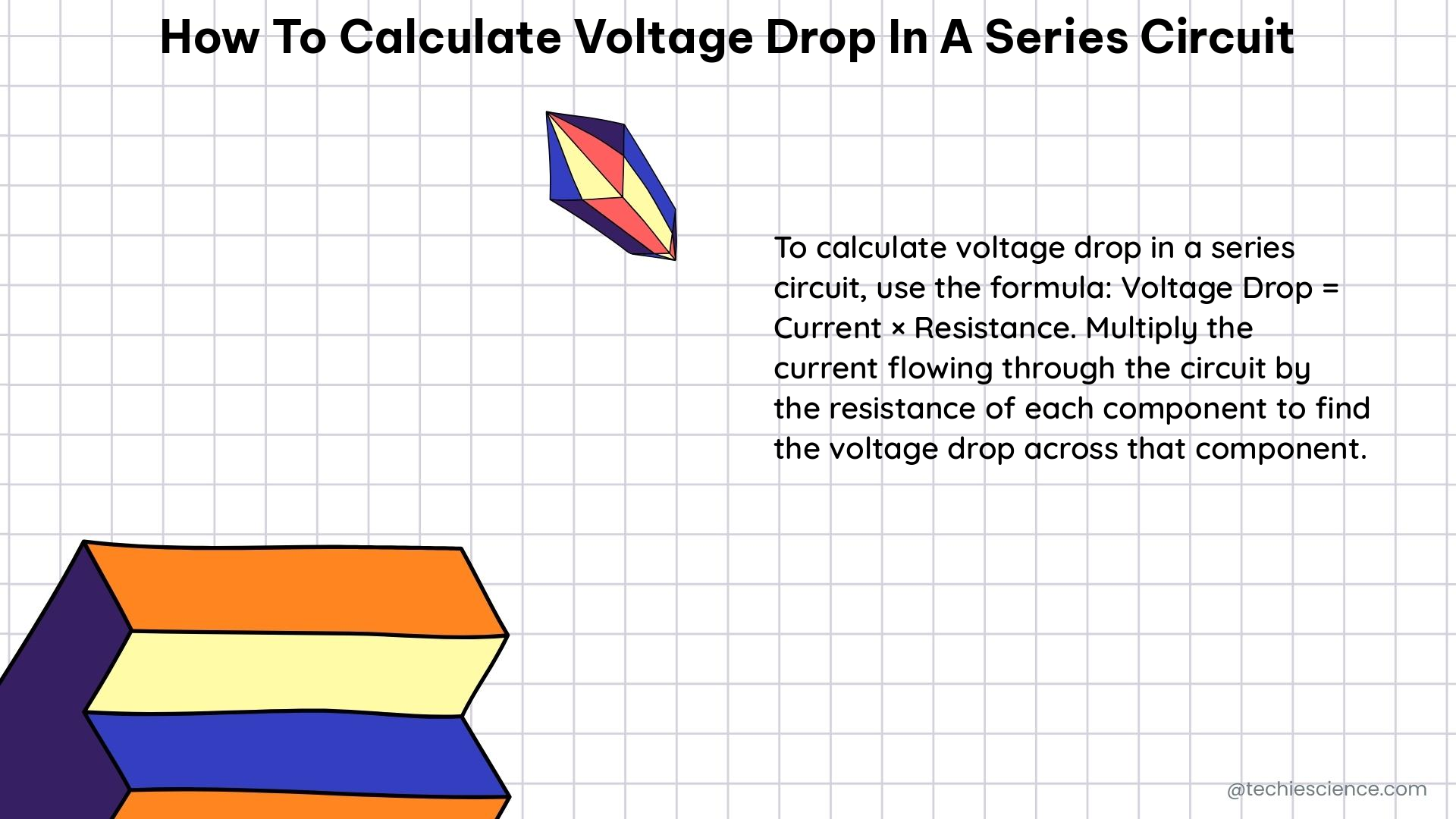
To calculate the voltage drop in a series circuit, follow these steps:
-
Identify the Circuit Elements: Determine the number of resistors (R1, R2, R3, …, Rn) and the current (I) flowing through the circuit.
-
Apply Ohm’s Law: For each resistor in the series circuit, calculate the voltage drop using the formula:
V_i = I × R_i
where V_i is the voltage drop across the i-th resistor, and R_i is the resistance of the i-th resistor.
- Calculate the Total Voltage Drop: The total voltage drop in the series circuit is the sum of the individual voltage drops across each resistor:
V_total = V_1 + V_2 + V_3 + … + V_n
Here’s an example to illustrate the process:
Consider a series circuit with three resistors: R1 = 12 Ω, R2 = 6 Ω, and R3 = 4 Ω. The current flowing through the circuit is I = 0.5 A.
- Identify the Circuit Elements:
- Resistors: R1 = 12 Ω, R2 = 6 Ω, R3 = 4 Ω
-
Current: I = 0.5 A
-
Apply Ohm’s Law:
- Voltage drop across R1: V_1 = I × R_1 = 0.5 A × 12 Ω = 6 V
- Voltage drop across R2: V_2 = I × R_2 = 0.5 A × 6 Ω = 3 V
-
Voltage drop across R3: V_3 = I × R_3 = 0.5 A × 4 Ω = 2 V
-
Calculate the Total Voltage Drop:
- V_total = V_1 + V_2 + V_3 = 6 V + 3 V + 2 V = 11 V
Therefore, the total voltage drop in the series circuit is 11 V.
Factors Affecting Voltage Drop in a Series Circuit
Several factors can influence the voltage drop in a series circuit, including:
-
Resistance: The resistance of each component in the series circuit directly affects the voltage drop across that component. Higher resistance leads to a greater voltage drop.
-
Current: The amount of current flowing through the series circuit also affects the voltage drop. Higher current results in a greater voltage drop across each resistor, as per Ohm’s Law.
-
Number of Components: The more components (resistors, capacitors, inductors, etc.) in a series circuit, the greater the total voltage drop, as the individual voltage drops across each component add up.
-
Temperature: The resistance of components can change with temperature, which can affect the voltage drop. For example, the resistance of a resistor may increase as its temperature rises, leading to a higher voltage drop.
-
Frequency: In AC circuits, the frequency of the signal can also influence the voltage drop, particularly in circuits with capacitive or inductive components, due to the frequency-dependent nature of their impedance.
Practical Considerations and Applications
Calculating voltage drop in a series circuit has numerous practical applications, including:
-
Power Supply Design: Knowing the voltage drop in a series circuit is crucial for designing power supplies and ensuring that the appropriate voltage is delivered to the load.
-
Wiring and Cable Selection: Voltage drop calculations help determine the appropriate wire size and cable length to minimize power losses in electrical systems.
-
Troubleshooting and Fault Detection: Measuring the voltage drop across components in a series circuit can help identify issues, such as faulty components or excessive resistance, in electronic systems.
-
Energy Efficiency: Minimizing voltage drop in a series circuit can improve the overall energy efficiency of an electrical system, reducing power losses and improving system performance.
-
Battery-Powered Devices: Voltage drop calculations are essential for designing and optimizing battery-powered devices, ensuring that the available voltage is sufficient for the circuit’s operation.
Advanced Techniques and Considerations
For more complex series circuits or specific applications, there are advanced techniques and considerations to take into account, such as:
-
Series-Parallel Circuits: When dealing with circuits that have both series and parallel components, the voltage drop calculation becomes more intricate, requiring a combination of series and parallel circuit analysis.
-
Capacitive and Inductive Components: In AC circuits, the presence of capacitive and inductive components can introduce additional voltage drops due to their frequency-dependent impedance.
-
Transient Voltage Drops: In dynamic circuits, such as those with switching power supplies or motor drives, transient voltage drops can occur, which require specialized analysis techniques.
-
Skin Effect and Proximity Effect: At high frequencies, the skin effect and proximity effect can influence the resistance of conductors, affecting the voltage drop calculations.
-
Voltage Regulation and Stability: In power supply design, voltage regulation and stability are crucial factors that depend on the voltage drop in the circuit.
By understanding these advanced techniques and considerations, you can expand your knowledge and apply voltage drop calculations to more complex and specialized electronic systems.
Conclusion
Calculating voltage drop in a series circuit is a fundamental skill in electrical engineering and electronics. By mastering the step-by-step approach outlined in this guide, you can accurately determine the voltage drop in any series circuit, taking into account various factors that influence the voltage drop. This knowledge is essential for designing, troubleshooting, and optimizing electronic systems, ensuring their reliable and efficient operation.
